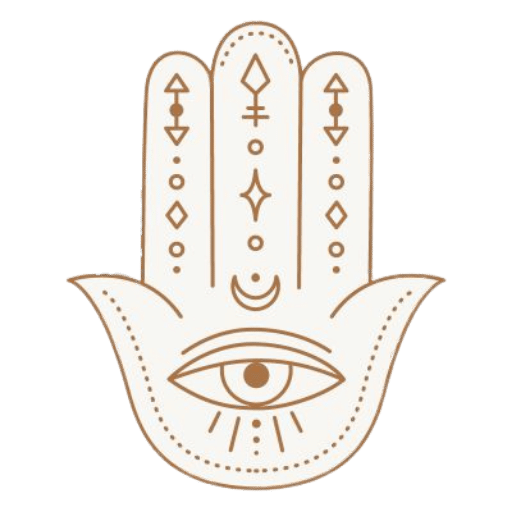In English, Padadhirasana can be called the ‘breath balancing pose’. It is very simple, yet it is most effective in balancing the left and right nostrils’ flows before starting breathing exercises and pranayama practice.
Besides this, it’s a great practice to unblock stuck nostrils – effective even for those with chronic nasal congestions and other nasal passages’ issues!
Any method that applies pressure under the armpits has a direct influence on the flow of breath through the nostrils.
If you don’t believe this, then try it for yourself. If firm pressure is applied under the right armpit, then the left nostril will tend to flow.
If a firm pressure is applied under the left armpit, then the right nostril will tend to flow. This has been scientifically verified in laboratories, but you can quickly test it for yourself.
Allow at least a minute or so before expecting any positive results, though changes may occur within a few seconds. The reason for this relationship between the nostrils and the armpits is not certain, but it is probably associated with nerve reflexes.
In padadhirasana, pressure is simultaneously applied under both armpits. This, not surprisingly, brings about a balance of the air flowing through the right and the left nostrils.
Benefits: The pressure under both armpits helps to open the nostrils to facilitate the practice of pranayama. Since the breath flow in the right and left nostrils influences the
activities of the sympathetic and parasympathetic nervous systems respectively, opening of the two nostrils induces a state of autonomic balance.
Source: Asana, Pranayama, Mudra, Bandha by Swami Satyananda
Do you wanna change your life? Check my
How To Practice Padadhirasana
To execute this pose:
- Start in a comfortable Vajrasana (Thunderbolt Pose) position.
- Cross your arms over your chest, placing your hands under the opposite armpits, ensuring thumbs point upwards.
- Apply gentle pressure between the thumb and first finger.
- Close your eyes and concentrate on your breath.
- Inhale and exhale slowly, deeply, and evenly until the breath flow in both nostrils is balanced.
Duration: Practice for 5 to 10 minutes as a prelude to pranayama. For spiritual pursuits, extend the practice for longer durations.
Awareness: Direct your attention to the breath at the nostrils and focus spiritually on the Ajna Chakra (the third eye).
Practice Note: Padadhirasana is particularly beneficial when experiencing nasal congestion. If one nostril is obstructed, place the hand of the blocked side under the opposite armpit and maintain pressure for a minute or two.
Variation I:
For a more intense effect, make fists with your hands and position them under your armpits.
Variation 2:
Yoga Danda (Balancing Stick) is a traditional T-shaped tool utilized by yogis during meditation. It provides support for the armpits with the vertical stick’s bottom grounded. This prop aids in equalizing breath flow and can be situated in front of the body, offering comfortable support during extended meditation sessions.

Ida, Pingala and Left/Right nostrils:
relations with the autonomic nervous system and the brain emispheres
In the yogic tradition, the concept of ida and pingala relates to the two main energy channels or nadis that run along the spinal cord. These nadis are said to be responsible for carrying vital energy or prana throughout the body.
- Ida and Pingala:
- Ida Nadi: This is associated with the left nostril, the left side of the brain hemisphere, and the parasympathetic nervous system. It is often described as the lunar, feminine, or cooling channel.
- Pingala Nadi: Conversely, this is linked with the right nostril, the right side of the brain hemisphere, and the sympathetic nervous system. It is often referred to as the solar, masculine, or heating channel.
- Autonomic Nervous System (ANS):
- The activation of ida and pingala nadis is closely related to the autonomic nervous system (ANS), which controls involuntary bodily functions such as heart rate, digestion, and respiratory rate.
- The ida nadi is associated with the parasympathetic branch of the ANS, responsible for rest, relaxation, and digestion.
- The pingala nadi, on the other hand, is linked with the sympathetic branch of the ANS, responsible for the “fight or flight” response.
- Shushumna and Cerebrospinal Fluid:
- Shushumna is the central nadi, which runs along the spine, corresponding to the central canal of the spinal cord.
- This nadi is said to be associated with spiritual awakening and higher states of consciousness.
- In relation to the cerebrospinal fluid, shushumna is often depicted as the pathway through which this fluid flows, nourishing and energizing the entire nervous system, including the brain and spinal cord.



